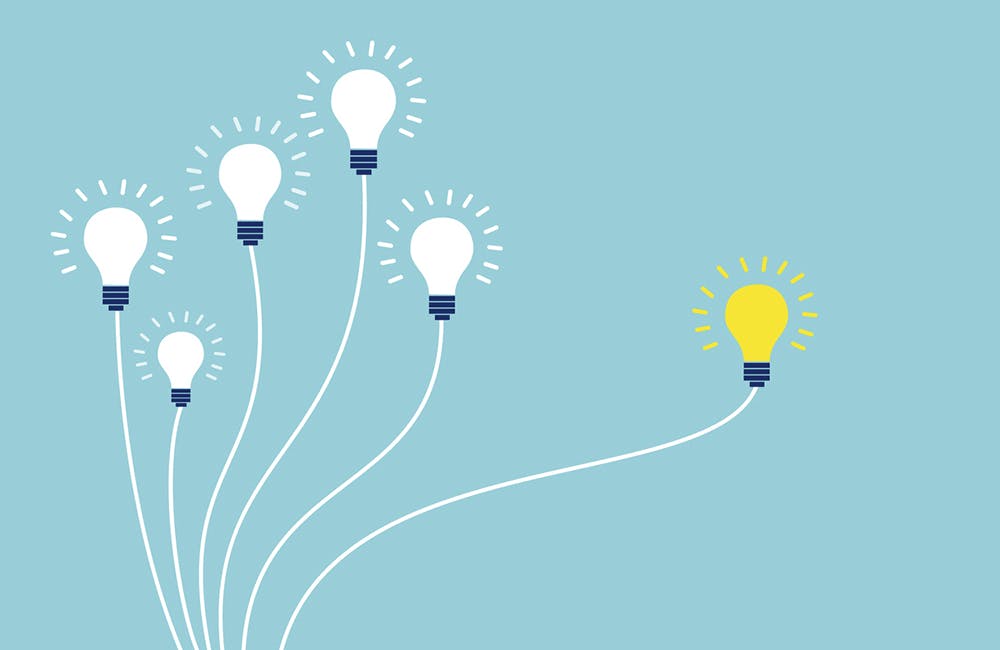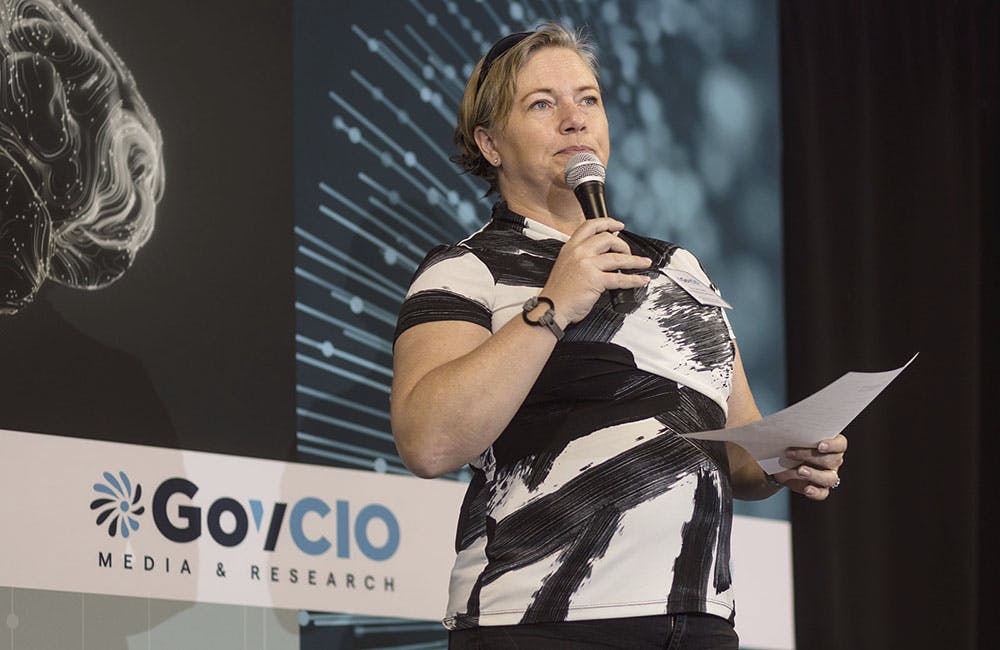VA Eyes CX, RPA in HR Modernization Plan
Human capital management improvements at the agency are enabling cost and time savings for the workforce.

The Department of Veterans Affairs is preparing for next steps in the modernization of its human capital management system, HR Smart, with a focus on integrating emerging technology along the way.
“A big initiative with our modernization is really looking at self-service for employees as well as managers,” Liz Mumley, deputy of VA’s Enterprise HR Information Services and director of Strategy and Operations, told GovCIO Media & Research. “This gives an opportunity for employees not only to take actions or submit actions on their behalf, but to look at their data in the system to make sure it is correct. We have really gained some momentum with the employee self-service (ESS).”
ESS portals are web-based tools that provide workers access to relevant information while allowing certain transactions through an online portal, reforms that will bring newfound efficiencies at VA. By consolidating data into a single, user-friendly gateway, VA will be able to better align employees with organizational objectives and reduce redundancies, ultimately improving customer experience and productivity.
ESS portals also enable HR professionals to spend more time on strategic efforts that advance the organization’s goals and strategy rather than focusing solely on administrative transactions. The newly integrated tool will enable the workforce to have quick and easy access to HR-related tasks and services that HR personnel would otherwise have to provide.
This can reduce HR’s workload and free up time for more transformative pursuits, representing a considerable advance in cost and time savings, and efficiency. These portals also help standardize operations, reducing errors and enhancing reporting capabilities, leveraging user-friendly and paperless processes.
“It’s really continuing to evolve that self-service capability for our employees, for our managers and automating and streamlining processes for HR Smart,” Mumley said.
VA is also turning to “manpower management,” a manpower module provided through HR Smart. This capability will enforce governance and accountability for position management across VA, Mumley said. VA has already conducted a few pilot programs and plans to roll out that capability to users over the next year.
“We’re continuing to enhance that capability and really build that governance around position management,” Mumley said. “One of the biggest successes we’ve had is focusing on our governance process. The governance process gets that enterprise buy-in from our customers — understanding where the needs are, understanding is this enterprise we can implement or is it something we already have. Maturing that governance process to hear the voice of the customer has been critical in the success and overcoming some of those barriers over the last couple of years.”
As VA works to streamline HR processes, the agency is turning to emerging technologies like artificial intelligence (AI) and robotic process automation (RPA) to reduce repetitive, time-consuming tasks and improve workflow efficiency and accuracy of business processes.
“When we are looking at modernization, we want to explore different technology capabilities that could help automate and streamline processes,” Mumley said. “[RPA] is on our roadmap, and we’ll use it where we’ll see it’ll be a good fit in our processes.”
RPA could create new efficiencies and free HR staffers to better focus on employee engagement, ultimately improving VA’s employee experience. Over the past few years, other federal agencies have leveraged this technology across HR environments to automate processes like auditing datasets, sending offer letters to job candidates, onboarding new hires and facilitating health plan enrollment.
VA is also focusing on backend operations and driving greater interoperability to enable systems to “talk to each other,” Mumley said. This will enable VA to reduce manual workloads from tasks like data entry. As VA looks at data quality and ease of use, the agency will focus on employee experience while identifying capabilities like automation that ease certain processes.
“Rolling out enterprise solutions and decommissioning those disparate standalone siloed solutions has really helped streamline standardize processes for the HR community, improve day-to-day business and allow [the workforce] to focus on other things,” Mumley said. “Providing that streamlined, standardized process is helping the operational HR community.”
This is a carousel with manually rotating slides. Use Next and Previous buttons to navigate or jump to a slide with the slide dots
-

Modernizing Critical Infrastructure in the Face of Global Threats
Officials are expanding the latest strategies in boosting defense infrastructure, including securing satellite communications, upgrading enterprise-wide technology, optimizing data management.
20m watch -

Trump AI Orders Call for Speed in Building Infrastructure
The directives call for expanding AI infrastructure, streamlining federal permitting and promoting AI exports.
4m read -

DOD Accelerates Software Modernization with Agile DevSecOps Push
The Pentagon's software implementation plan tackles cultural hurdles and integrates security early to deliver critical capabilities faster.
6m read -

White House Unveils AI Action Plan to Secure Global Dominance
The strategy outlines steps to accelerate private sector innovation, build critical infrastructure and advance U.S. leadership in AI policy and security.
3m read -

VA's Platform One Powers Rapid Innovation to Bolster Digital Services
VA's Platform One accelerates software development timelines from weeks to hours, ultimately enhancing digital services for veterans.
5m read -

Federal Leaders Receive Federal IT Efficiency Flywheel Awards from GovCIO Media & Research
Five federal IT leaders received Flywheel Awards for driving innovation and modernizing technology at the Federal IT Efficiency Summit.
5m read -

Doing More with Less is Muscle Memory for IRS, Former Deputy CIO Says
Darnita Trower discusses her experience, the legacy she’s left behind and how she pushed the IRS to modernize itself,
20m watch -

Opinion: Original Intelligence Is the Missing Piece for AI Transformation
Limitations of AI agents and development drive growing needs for workforce development and "original intelligence."
3m read -

VA CIO Targets Modern IT and Smarter Workforce Alignment
Agency leaders told lawmakers they are focused on trimming legacy systems and restructuring its workforce to streamline operations.
3m read -

Pentagon's $200M AI Contracts Signal Broader Effort to Transform Talent
The Army is leveraging Silicon Valley, reservist programs and new hiring strategies to integrate critical digital skills in its ranks.
5m read -

AI Foundations Driving Government Efficiency
Federal agencies are modernizing systems, managing risk and building trust to scale responsible AI and drive government efficiency.
43m watch -

Inside DOD’s Push to Grow the Cyber Workforce Through Academia
Diba Hadi gives her first interview since becoming principal director of the DOD’s Cyber Academic Engagement Office.
15m listen
















